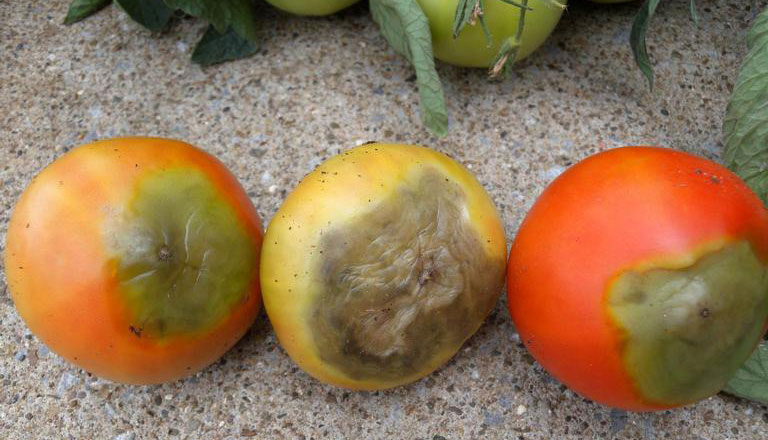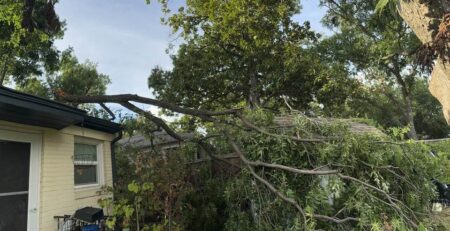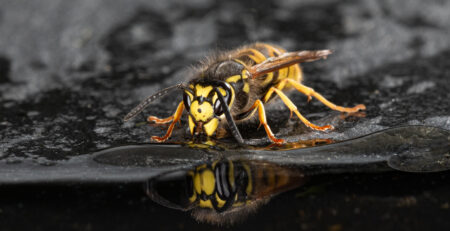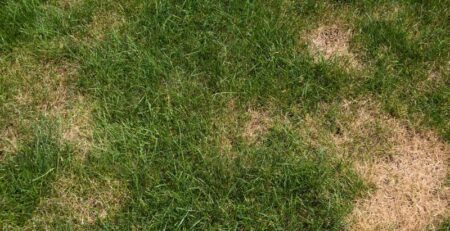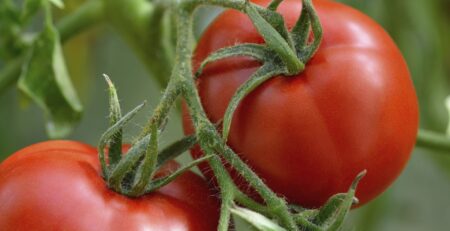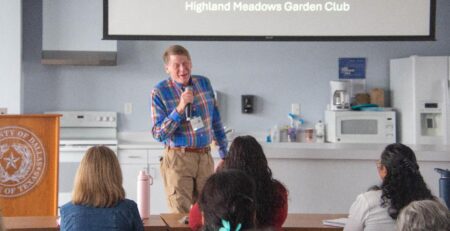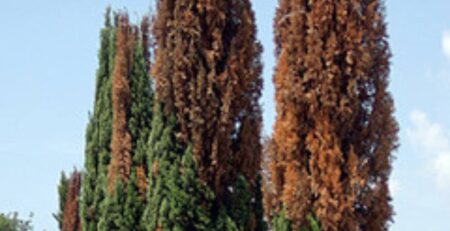What’s Wrong with my Tomato?
If your tomatoes look the picture below, your tomato may be suffering from blossom-end rot, which is not a disease, but rather a disorder of tomatoes that results from calcium deficiency and excessive water loss during the early stages of fruit set. Tomatoes require a consistent supply of moisture to transport calcium from the soil to all parts of the plant. Any condition that interferes with root uptake of water will also interfere with the supply of calcium to plant tissues. The incidence of blossom-end rot is closely associated with conditions of fluctuating soil moisture. Too much water, too little water, or inconsistent watering, can inhibit calcium transport and disrupt fruit formation. Plants in containers may be especially prone to the disorder when hot weather dries the potting soil, and the container is too small.
Blossom-end rot is often a problem with tomatoes early in the season. Signs of blossom-end rot begin at the blossom-end of the fruit as water-soaked
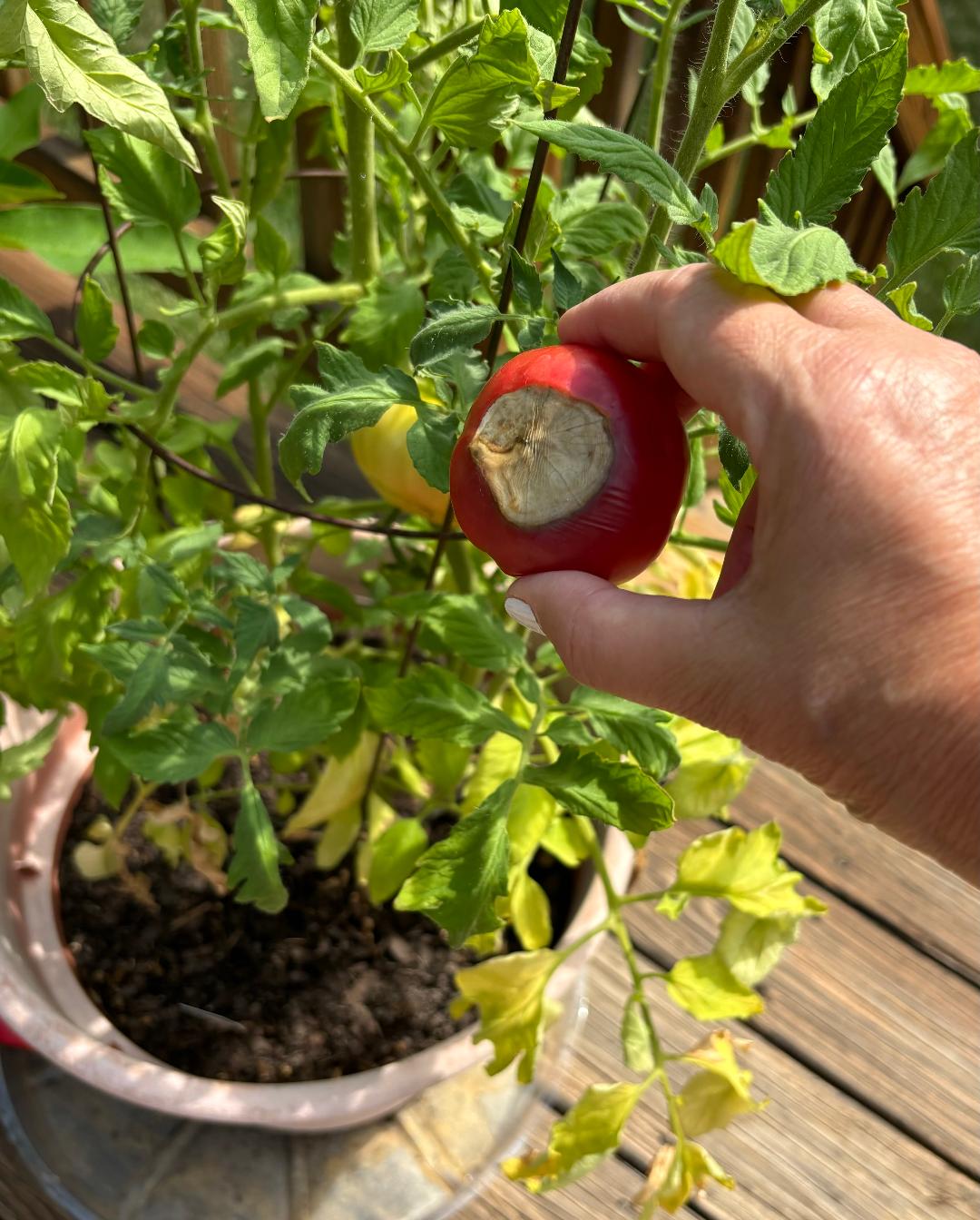
lesions that gradually darken and enlarge and become leathery in appearance. Fungus or other types of disease may infect the fruit at this time, but the primary lesion is not caused by a pathogenic organism, and the disorder cannot be transmitted from plant to plant. Most sources recommend removing the affected fruit to allow the plant to direct energy to the fruits to come. If the lesion on the tomato is small, it can be cut away and the rest of the fruit should still be edible. https://njaes.rutgers.edu/FS011/
Because the conditions that favor blossom-end rot occur prior to the formation of the fruit, there is no remedy for tomatoes already affected. Fortunately, moving forward, there are steps you can take to ensure future
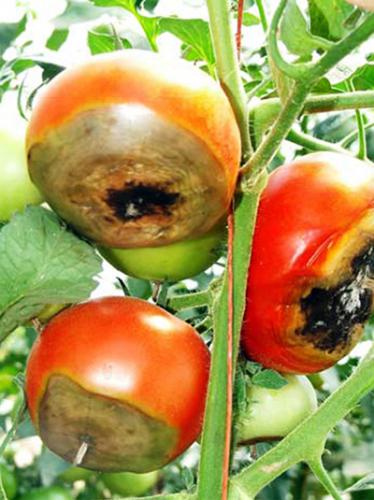
fruits develop normally. First, water uniformly and consistently throughout the growing season. Use mulch to help reduce water loss from the soil. Avoid overfertilization with nitrogen fertilizers, which can stimulate leafy growth and divert nutrients from fruit to foliage. A soil test can help determine if there is an actual deficiency of calcium in the soil. For gardeners with chronic problems with blossom-end rot, TAMU recommends a yearly application of gypsum (calcium sulfate) at a rate of 3-4 pounds per 100 square feet, or ½ cup per transplant at initial planting.

